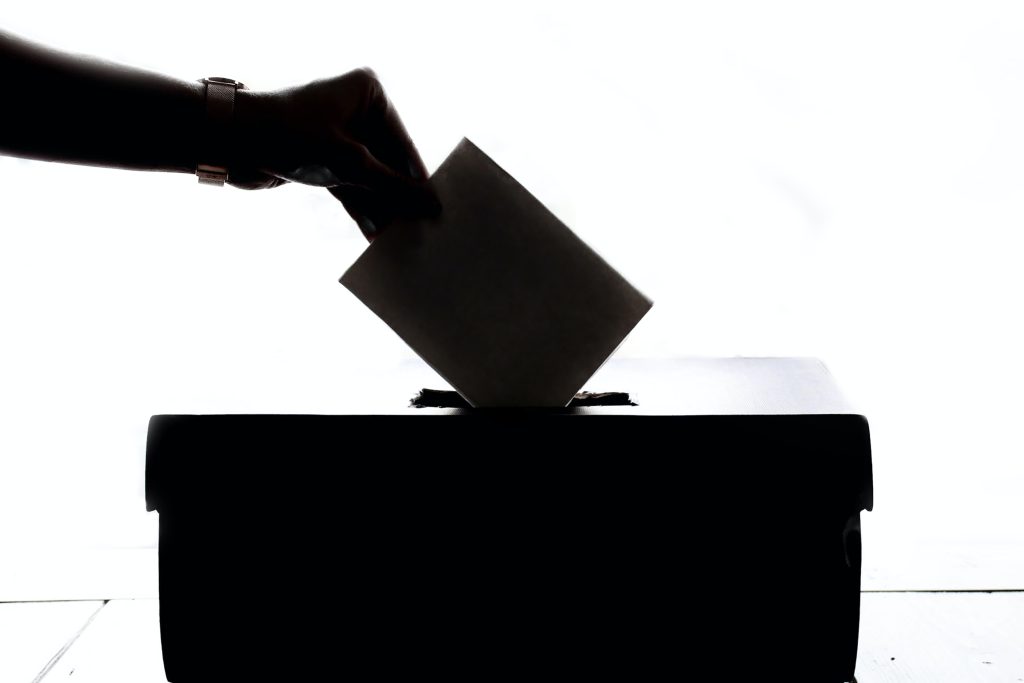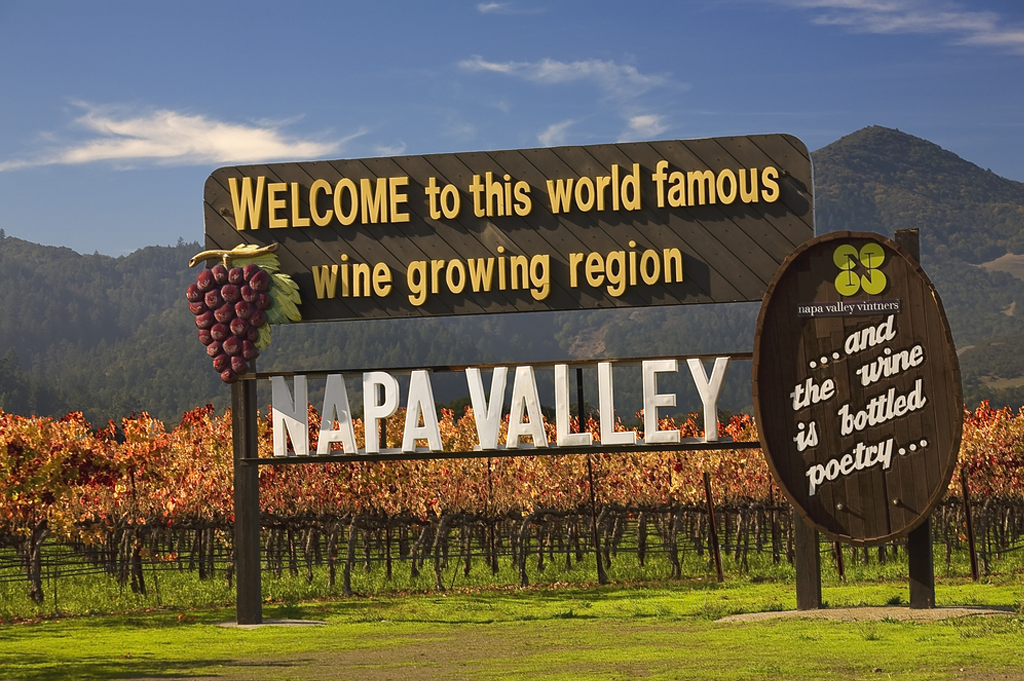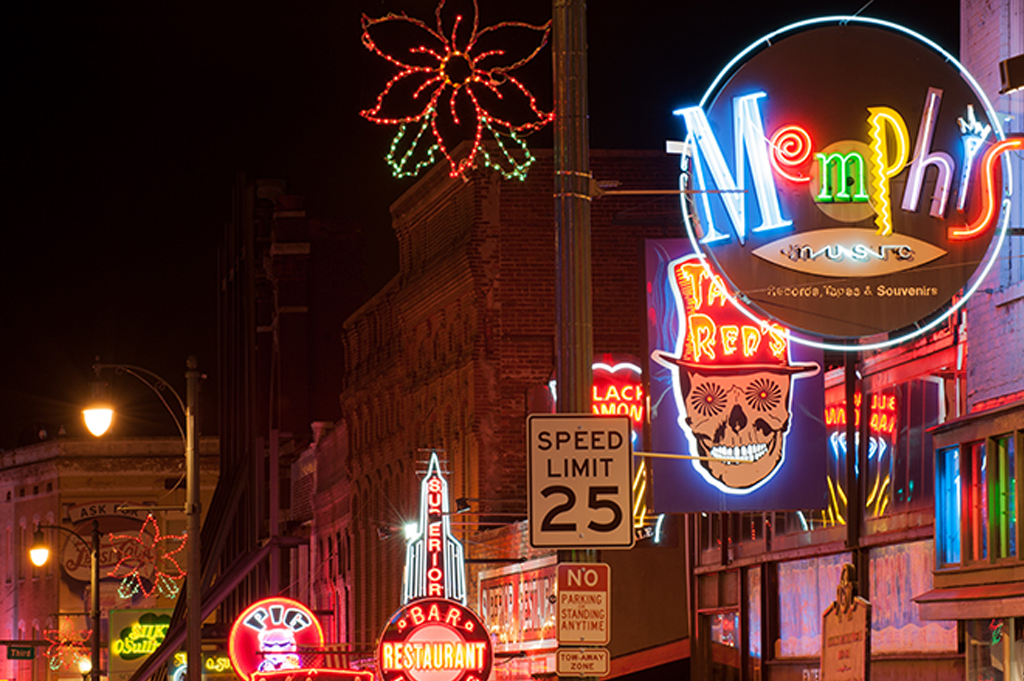Tourism funding continues to be a politically charged issue. While there is a mixed reaction to tourism funding in many communities, a few trends emerged in this recent cycle. Across the country, younger voters showed up more than ever before, and many counties’ and cities’ priorities shifted with the casting of ballots, including an increased focus on climate change, workforce, affordable housing, and tourism.
Destinations like California and Colorado saw a significant number of measures added to the ballot regarding occupancy taxes and the distribution of those funds. Cities and Counties weighed the options of increasing or adding levies to short-term lodging with the need to use those funds for workforce development, childcare, or affordable housing. Previously, those funds were primarily used for destination promotion.
Below are some destinations we tracked that had tourism on the ballot.
California
California’s voters faced a total of twenty-five (25) ballot measures in thirteen (13) different counties that amended the local jurisdictions’ transient occupancy tax (TOT). As of today, all of the twenty-five (25) measures have certified results, with seventeen (17) passing and eight (8) not passing.
- Increases an existing hotel tax to 14% to support general city services. The tax increase would last indefinitely and cost taxpayers $700,000 annually.
- Increases an existing hotel tax to 12% to support general city services. The tax increase would last indefinitely and cost taxpayers $730,000 annually.
- Increases an existing hotel tax to 14% to support general city services. The tax increase would last indefinitely and cost taxpayers $600,000 annually.
- Increases an existing hotel tax to 9% to support general city services. The tax increase would last indefinitely and cost taxpayers $1.3 million annually.
- Increases an existing hotel tax to 12%. The tax would last indefinitely and cost taxpayers $500,000 annually.
- Increases an existing hotel tax to 12%. The tax would last indefinitely and cost taxpayers $29,000 annually.
- Imposes a hotel tax of 10% to support general city services. The tax increase would last indefinitely and cost taxpayers $10,000 annually.
- Increases an existing hotel tax to 12%. The tax would last indefinitely and cost taxpayers $600,000 annually.
- Imposes a 10% hotel tax. The tax would last indefinitely and cost taxpayers $40,000 annually.
- Increases an existing hotel tax to 14% to support general city services. The tax increase would last indefinitely and cost taxpayers $1.5 million annually.
- Extends an existing hotel tax of 10% to short term residential units. The tax increase would last indefinitely and cost taxpayers $84,300 annually.
- Increases an existing hotel tax to 10%. The tax would last indefinitely and cost taxpayers $300,000 annually.
- Increases an existing hotel tax to 10%. The tax would last indefinitely and cost taxpayers $3 million annually.
- Increases an existing hotel tax to 12% for hotels and motels, and 14 percent for short-term residential rentals. The tax increase would last indefinitely and cost taxpayers $1.38 million annually.
- Increases an existing hotel tax 1% for hotels and 3% for home-shares to support general city services. The tax increase would last indefinitely and cost taxpayers $4.1 million annually.
- Increases an existing hotel tax to 12% to support general city services. The tax increase would last indefinitely and cost taxpayers $1.3 million annually.
- Increases the existing hotel tax to 14% in unincorporated areas. The tax would last indefinitely and cost taxpayers $2.5 million annually.
The following items were not passed:
- Rejected Measure D, which would increase an existing hotel tax to 13% to support general city services. The tax increase would last indefinitely and cost taxpayers $950,000 annually.
- Failed to pass Measure OT to increase the existing hotel tax to 14% to support general city services. The tax increase would last indefinitely and cost taxpayers $350,000 annually.
- Failed to pass Measure A, which would impose a 10% transient occupancy tax to support general city services. The tax increase would remain active indefinitely and cost taxpayers $185,000 annually.
- Failed to pass Measure Z to increase an existing hotel tax to 10%. The tax would last indefinitely.
- Failed to pass Measure X, which would increase an existing hotel tax to 11%. The tax would last indefinitely.
- Rejected Measure R, which would increase the existing hotel tax to 12% in unincorporated portions of West Slope of the county. The tax would last indefinitely and cost taxpayers $340,000 annually.
- Voters rejected Measure Q to expand the county hotel tax to include STRs at a rate of 12% of the rate charged.
- Rejected Measure L, which increases an existing hotel tax to 10% to support general county services. The tax increase would last indefinitely.
Colorado
Colorado had several counties with tourism-related measures to consider. With HB1117 adopted earlier this year, many used this election as an opportunity to get lodging tax initiatives on the November ballot. HB117 expands the uses of income from a county’s lodging tax, with voter approval, to include things such as tourism workforce housing, facilitating and enhancing visitor experiences, and capital expenditures related to these new purposes.
During Colorado’s 2022 November elections, there were a total of twelve (12) ballot measures in eleven (11) different counties that amended the local jurisdictions’ lodging tax. As of today, nine (9) have passed, and three (3) did not.
Eagle County
- 2% tax on short-term lodging
- Will use 90% of the proceeds on affordable housing and childcare for the local workforce. 10% would be used for marketing to attract tourists
- Applies to areas of the county that do not already have a lodging tax – unincorporated Eagle County and Town Gypsum
Summit County
- 2% tax on short term rentals.
- Funds are to be used to support our local workforce and quality of life
- The tax shall apply in unincorporated parts of the County.
San Juan
- Expansion of existing 2% lodging tax for additional purposes as follows:
- 50% to marketing and promotion of local tourism
- 40% to acquire, construct, maintain, enhance, renovate, relocate, improve, promote, support, and fund housing and childcare for the tourism-related workforce,
- 10% to acquire, construct, maintain, enhance, renovate, relocate, improve, promote, support and fund signage, trail and trailhead development, road and bridge projects, parking and staging, and the backcountry ranger position to enhance visitor experience
- Tax applies in the entire County, including the Town of Silverton.
Estates Park: 6E
- 3.5% expansion of current Local Marketing District Tax
- Funding for investments in workforce housing and childcare
Glenwood Springs: 2C
- 2.5% lodging Tax Funds used for affordable housing
Lyons: 2G
- Increase lodging tax by 8%, with the initial rate being set at 5%, which may be adjusted by resolution of Board of Trustees
- Funds to be used to address visitor impacts and fund community projects and capital improvements
Aspen: 2A
- 10% tax to be added to Aspen’s current tax rate of 11.3%, bringing the total tax rate for guests of short-term rentals to 24.4%
- Properties holding any STR permit would be required to remit some level of tax; hotels would be exempt
Salida: 2A
- $1,000 annual occupation license tax for short-term rentals
- Funds will be used for affordable housing
Steamboat Springs: 2A
- 9% tax on short-term rentals
- Funds will be used for affordable, attainable housing
The following items were not passed:
- 2A: Increasing the city’s lodging tax from 6% to 7%
- 2B: 8% tax per night on short-term rental business
- 2% lodging tax on short term rentals.
- Funds will be used for:
- Housing and childcare for the tourism-related workforce, including seasonal workers
- Facilitating and enhancing the visitor experience (design and construction of roads and bridge)
- Advertising and marketing local tourism.
- The tax shall apply in the unincorporated areas of the County and Town of Alma.
Texas
- New hotel occupancy tax of 2% to help finance the expansion and renovation of the Kay Bailey Hutchison Convention Center as well as several other venue construction projects such as a music hall, amphitheater, and arena.
- Brings hotel occupancy tax rate to a total of 15% of the gross revenue per night per hotel room.
Wyoming
- Renewed its 2% tax upon lodging within the county
- Funds will be used for local travel and tourism promotion, primarily marketing
- Approved 2% local lodging tax in Natrona County
- Revenues go to support Visit Casper
- Voted to continue the county’s 2% lodging tax
Destinations are balancing the well-being of their community with the need to directly support the tourism industry. Over the last several years, many destinations have expanded their roles to focus on community benefits and managing the destination while also promoting a healthy tourism economy. With this change in role, DMOs are learning to balance both sides delicately to ensure the success of the destination.
So, what does this mean? We must continue to stay well-informed and vigilant. Our participation in the election process to ensure our voice is heard is more critical than ever. Hopefully, the information presented here is helpful to you and fuels your efforts to build better destinations.
Was tourism on your ballot and not on this list? Reach out to us today. We would love to hear about it.





